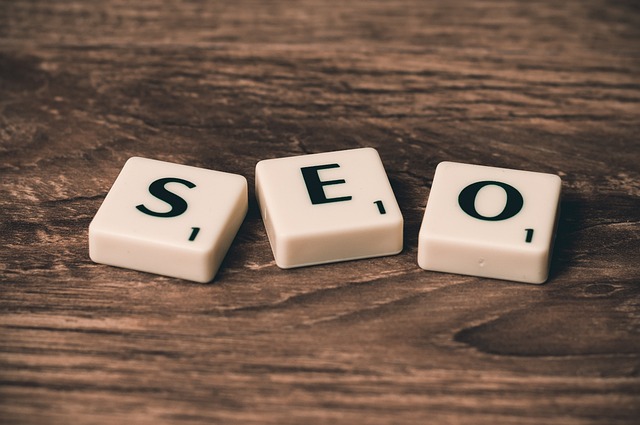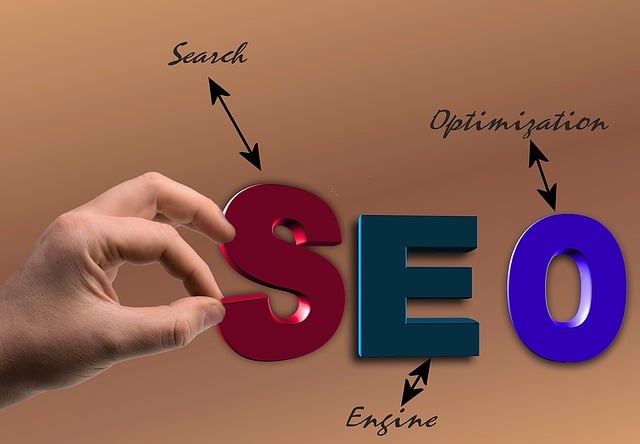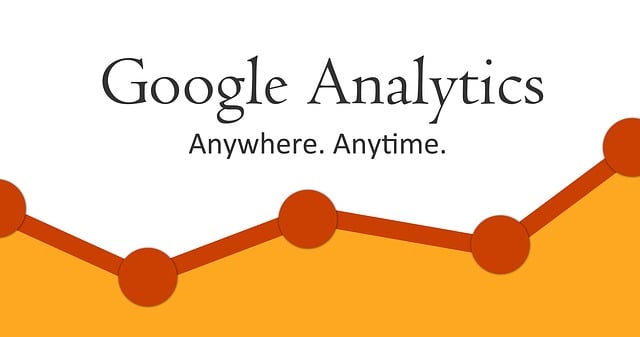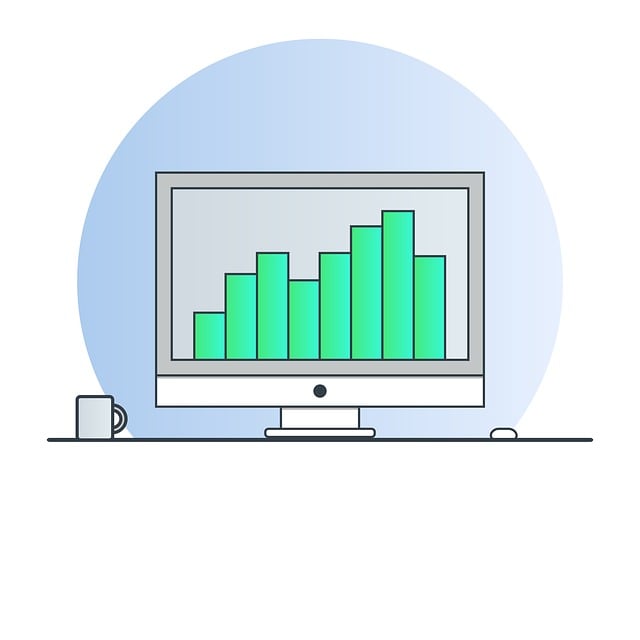On-Page SEO is a critical strategy for optimizing individual web pages to boost search engine rankings and drive targeted traffic. By understanding what search engines prioritize, like keyword relevance, high-quality content, and efficient navigation, websites can implement effective techniques such as keyword placement, meta tag optimization, and internal linking. A well-structured website with intuitive navigation, clear content hierarchy, optimized title tags, meta descriptions, header tags (H1-H6), and effective internal linking enhances user experience and guides search engines to relevant information, increasing visibility and attracting more organic visitors. Key On-Page SEO strategies include optimizing title tags and meta descriptions, implementing hierarchical navigation for better UX, using internal linking to distribute link equity, and creating high-quality content that incorporates keywords naturally through research, organization, and regular updates.
In the competitive digital landscape, a well-structured website is key to unlocking search engine optimization (SEO) success. This article delves into the intricacies of On-Page SEO and its pivotal role in shaping your site’s visibility. We’ll explore essential elements like title tags, meta descriptions, navigation, internal linking, and content quality. By understanding these fundamentals and implementing best practices, you can optimize your website to rank higher, attract more organic traffic, and deliver an enhanced user experience.
Understanding On-Page SEO and its Role in Website Structure

On-Page SEO is a crucial aspect of website structure that focuses on optimizing individual web pages to rank higher and earn more relevant traffic in search engine results pages (SERPs). It involves understanding what search engines look for when crawling and indexing websites, and then implementing strategies to meet these criteria. Key elements of On-Page SEO include keyword research and placement, high-quality content creation, effective title tags and meta descriptions, efficient URL structures, internal linking, and optimization of images and other multimedia.
A well-structured website that leverages On-Page SEO techniques ensures that each page has a clear purpose and is easily navigable for both users and search engines. This means using relevant keywords naturally within content, incorporating header tags to organize information hierarchically, and ensuring pages load quickly. By optimizing these on-page factors, websites can improve their visibility in SERPs, attract more organic traffic, and ultimately enhance the user experience—all of which contribute to better search engine rankings and overall success in digital marketing efforts.
Key Elements of a Well-Structured Website for SEO

A well-structured website is a cornerstone of effective On-Page SEO strategies. Key elements include intuitive navigation that allows users and search engines to easily access content, with a clear hierarchy that reflects the site’s information architecture. This ensures that each page has a defined purpose and is interconnected logically, enhancing user experience and guiding both visitors and algorithms to relevant information.
Additionally, optimized title tags, meta descriptions, and header tags (H1-H6) are vital. These elements provide contextual cues to search engines about the content of each page, helping to index it accurately. Incorporating target keywords naturally within these tags enhances relevance, while ensuring that content remains readable and relevant to users. Effective internal linking further reinforces the site’s structure by connecting related pages, distributing link equity, and encouraging deeper engagement from visitors.
Optimizing Title Tags and Meta Descriptions

Optimizing title tags and meta descriptions is a crucial part of on-page SEO. These elements are among the first things search engines crawl when indexing your site, making them vital for improving visibility. A well-crafted title tag should be descriptive, include relevant keywords, and be within the recommended character limit (typically 50-60 characters). It acts as a snapshot of what the page is about, so ensure it accurately represents the content.
Similarly, meta descriptions provide a concise summary of the page’s content. While they don’t directly impact search rankings, compelling meta descriptions can enhance click-through rates from search engine results pages (SERPs). Incorporate keywords naturally and focus on crafting a persuasive description that encourages users to click. Keep in mind that length and clarity are essential; aim for around 150-160 characters to effectively capture the user’s interest while maintaining readability.
Enhancing User Experience through Effective Navigation

Effective website navigation is a cornerstone of on-page SEO and enhancing user experience (UX). Well-structured navigation allows visitors to effortlessly find relevant content, making their journey through your site seamless and enjoyable. A clean, intuitive menu with clearly labeled categories helps users understand the site’s architecture and quickly access desired pages.
By implementing hierarchical navigation, you can guide users towards important pages while also enabling them to explore related content. This encourages deeper engagement and reduces bounce rates. Additionally, ensuring mobile-friendliness in navigation is crucial, as it caters to a significant portion of online traffic and enhances UX across all devices, which is a key factor in modern SEO strategies.
The Impact of Internal Linking on Search Engine Crawling

Internal linking plays a pivotal role in enhancing a website’s structure for on-page SEO. When search engine crawlers, like Googlebot, traverse a site, they rely heavily on internal links to discover and index new pages. A well-designed internal linking strategy ensures these crawlers can efficiently navigate every corner of the website, understanding its hierarchy and relevance. This process is crucial for several reasons: first, it helps distribute link equity across pages, boosting the authority of lesser-known or newer content; second, it guides users to relevant information, improving overall user experience.
By using anchor text that describes the target page accurately, internal links provide context for both search engines and visitors, making it easier for crawlers to determine a page’s relevance and quality. This is particularly important in large websites with complex structures, where organized navigation becomes a key factor in successful on-page SEO. Effective internal linking also encourages sites to create more content, fostering a dynamic online environment that search engines favor.
Best Practices for Creating High-Quality Content

Creating high-quality content is a cornerstone of effective On-Page SEO. It involves more than just stuffing keywords; it’s about crafting informative, engaging, and valuable content that resonates with your target audience. Each page should focus on a specific topic or keyword, ensuring a clear hierarchy of information. Well-structured content enhances user experience, encouraging visitors to explore further and reducing bounce rates.
Best practices include conducting thorough research to understand searcher intent, using headings (H1, H2, etc.) to organize content logically, and incorporating relevant keywords naturally throughout the text. Visual elements like images and videos can also improve engagement while ensuring alt tags are optimized for SEO. Regularly updating content keeps it fresh and relevant, signaling to search engines that your site is an authoritative source of information.
